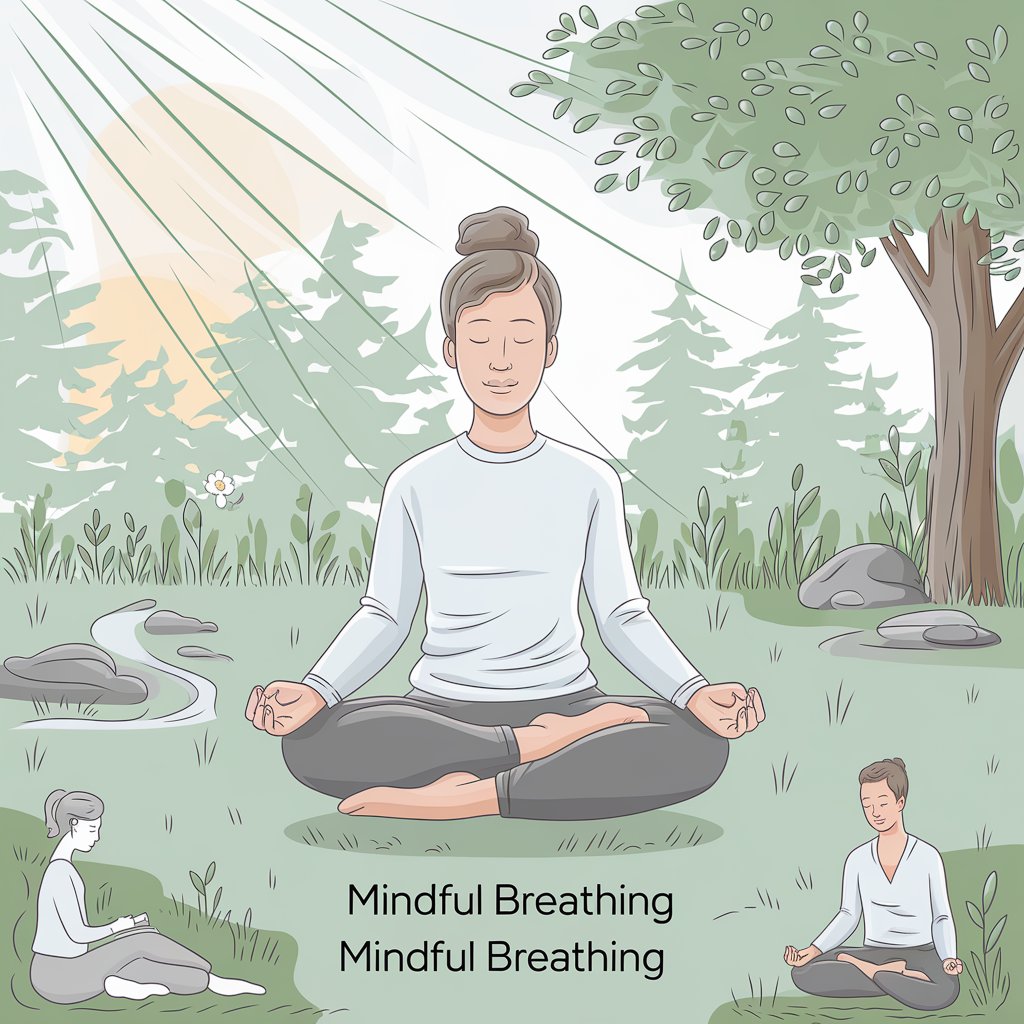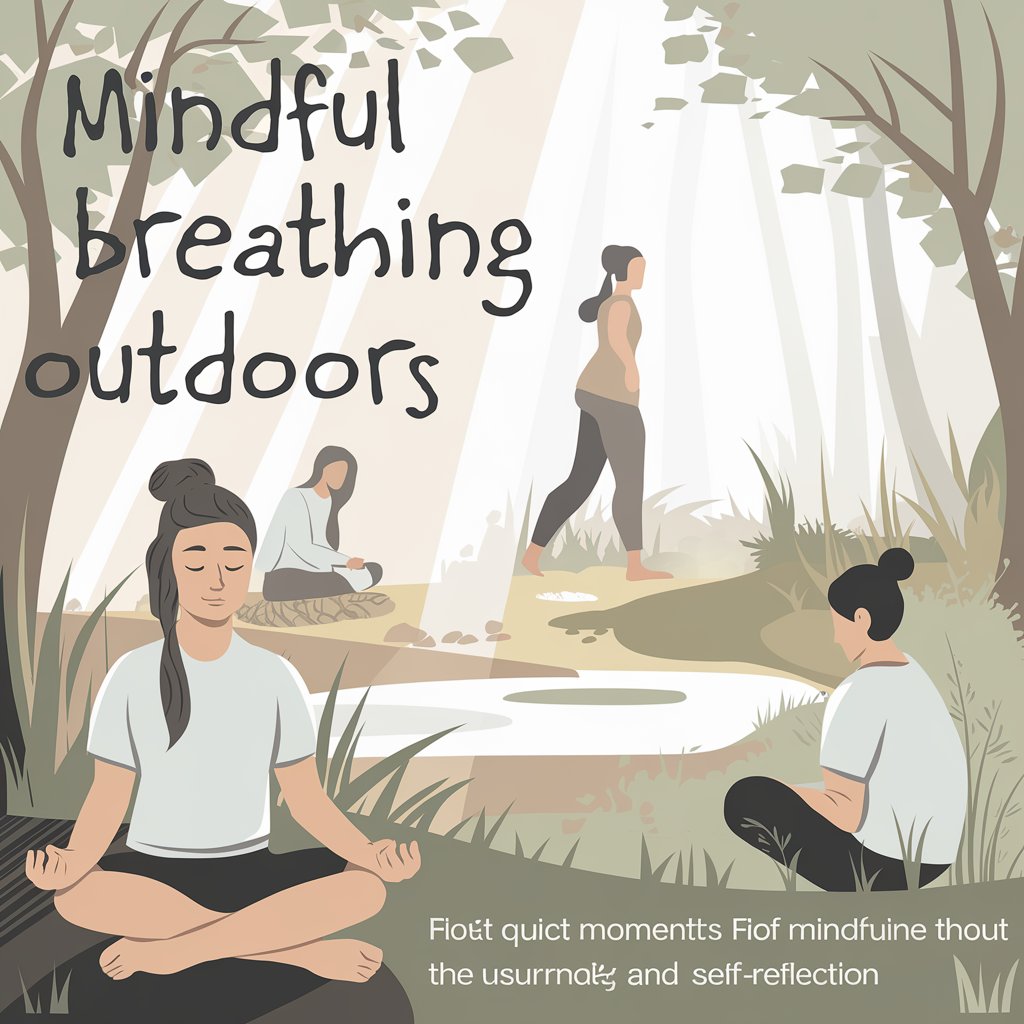Key Takeaway
Mindfulness can be cultivated without any cost by integrating simple, practical steps into your daily routine. These steps, based on accessible activities like breathing exercises and practicing gratitude, make mindfulness achievable for everyone, regardless of financial status.
Table of Contents
Introduction
In today’s fast-paced world, stress and anxiety are all too common. Many people believe that mindfulness practices require expensive apps, retreats, or workshops. However, the reality is that you can cultivate mindfulness without spending a dime. In this article, we’ll explore seven actionable steps you can take today to lead a more mindful, balanced life—at zero cost. Let’s delve into how to take care of your mind and soul without breaking the bank.
1. Start Your Day with Mindful Breathing
The simplest and most effective way to cultivate mindfulness is through breathing exercises. When you wake up, take a few minutes to focus on your breath. Sit comfortably, inhale deeply for four counts, hold for four, then exhale for six. Repeat this cycle for five minutes. Not only does this calm your mind, but it also sets a positive tone for your day, grounding you in the present moment.

How to Implement:
- Make it a habit: Put a reminder by your bedside to begin your day with mindful breathing.
- Use cues: Link this exercise to a routine task, like brushing your teeth, to ensure consistency.
2. Practice Gratitude
Gratitude is a powerful tool for transforming your mindset and fostering mindfulness. It’s easy to lose sight of what we have amid our daily struggles. Practicing gratitude allows you to focus on the positives. Each morning or before going to bed, take a few minutes to reflect on three things you are grateful for. Write them down or simply think about them.
Example:
- Gratitude List: “I am grateful for my health, the meal I enjoyed today, and the support of my friends.”
Benefits:
- This exercise reduces anxiety and increases overall happiness, making you more present and appreciative of each moment[6].
3. Mindful Walking
Walking is something we all do, and it’s an opportunity to incorporate mindfulness into our routine. Mindful walking means paying attention to every step—feel your feet touching the ground, notice the sounds around you, and observe the sensations in your body.

How to Start:
- Take a walk in your neighborhood or a nearby park.
- Leave your phone behind, and focus solely on the act of walking.
- Match your steps to your breath to deepen the connection between mind and body.
4. Mindful Eating
How often do you eat in front of a screen, barely noticing the food? Mindful eating is a practice that allows you to connect with your food, improving digestion and overall well-being. When eating, try to chew slowly, savor each bite, and think about where your food comes from. This way, every meal becomes an opportunity for mindfulness.
Example:
- Mindful Snack: Take a raisin, feel its texture, smell it, and taste it slowly, paying attention to all sensations involved.
5. Digital Detox for an Hour a Day
We often feel stressed due to an overload of information from our devices. Setting aside just an hour a day to unplug can significantly improve your mindfulness. During this time, focus on activities that bring you peace, such as reading, drawing, or simply sitting in silence.
Tip:
- Use this hour to practice any of the other steps, like breathing or gratitude, to maximize the benefits.
6. Body Scan Meditation
Body scan meditation is a simple mindfulness exercise that helps you connect with your physical self. Lie down or sit comfortably and mentally scan your body from head to toe, paying attention to how each part feels. This exercise helps you release tension and become more aware of physical sensations.
Steps to Follow:
- Spend 1-2 minutes on each body part, starting from your feet and moving up to your head.
- Note any tension and consciously relax those muscles.
7. Mindfulness Through Creative Expression
Engage in a creative activity like drawing, writing, or playing music without any expectations or judgments. The act of creating helps you become immersed in the present, disconnecting from daily worries. It’s a wonderful, cost-free way to cultivate mindfulness while enjoying yourself.
Example:
- Journaling: : Write for ten minutes each day about your thoughts and feelings. It helps to clarify your mind and focus on the present moment.
Conclusion
Cultivating mindfulness doesn’t require expensive tools or fancy retreats. By implementing these seven simple steps—mindful breathing, practicing gratitude, mindful walking, mindful eating, digital detox, body scan meditation, and creative expression—you can develop a stronger, more mindful self without spending a dime. Start with just one or two of these practices and gradually incorporate more over time.
Mindfulness is a journey that starts with small, consistent actions. Try these steps today, and notice the difference they make in your life. If you found this article helpful, please share it with someone who could benefit from a more mindful, cost-free lifestyle. Feel free to leave a comment below with your favorite mindfulness practice!





